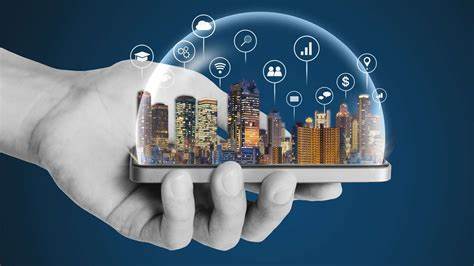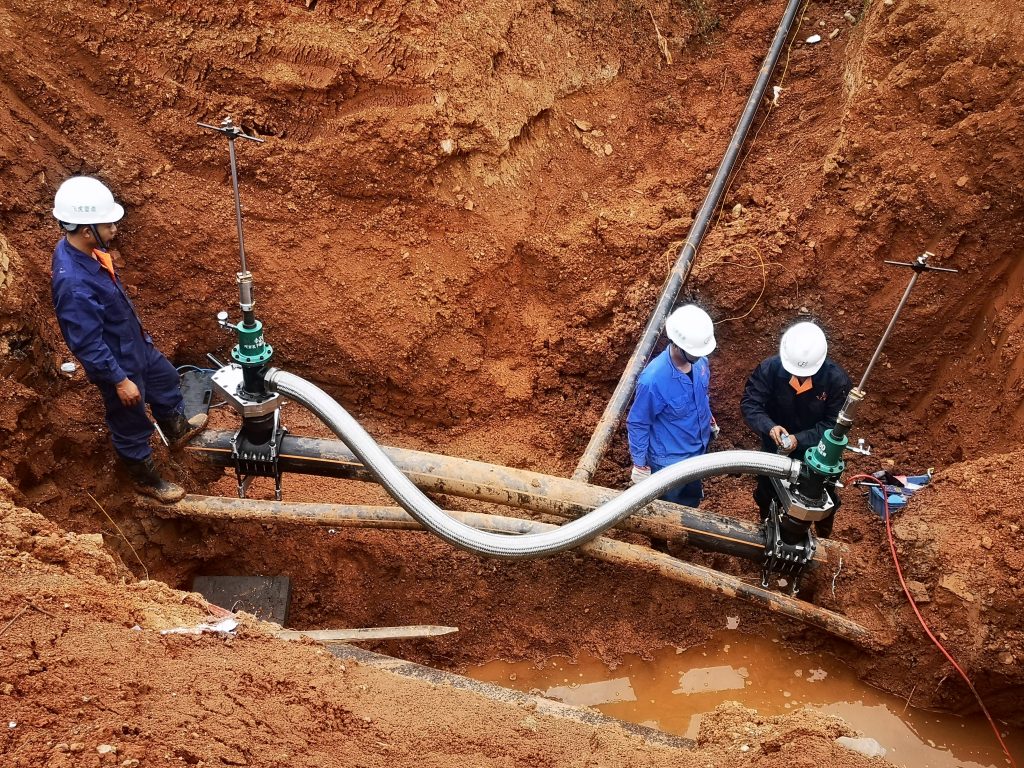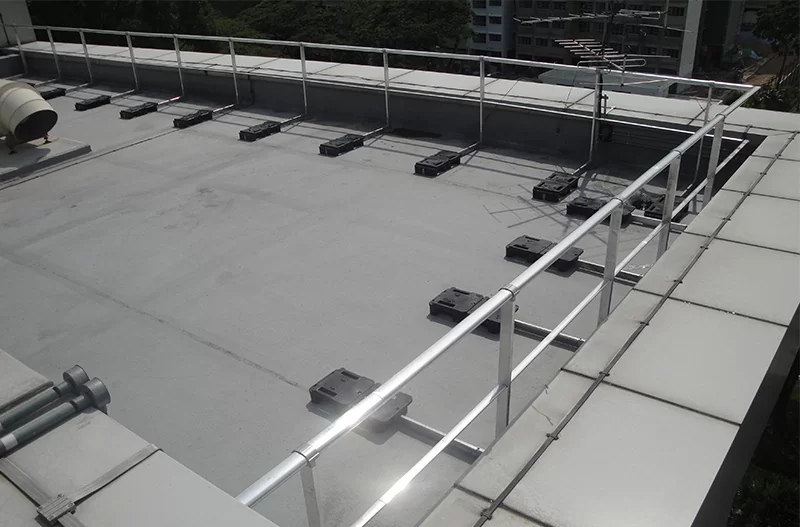Imagine walking into a building that adjusts itself to your needs. The lights brighten as you enter, the air quality improves automatically, and the temperature adapts for comfort without you touching a thing. Maintenance issues are fixed before they cause problems, and energy consumption is always optimized to save costs. This is the world of smart building services, where technology transforms facility management into an intelligent, sustainable, and cost-efficient system.
What Are Smart Building Services?
Smart building services refer to advanced facility management solutions that integrate Internet of Things (IoT) devices, artificial intelligence (AI), automation, and data analytics to make buildings more efficient, secure, and sustainable. Unlike traditional systems that require manual control, smart buildings operate through interconnected devices and intelligent software that continuously monitor and adjust operations in real time.
These services go beyond just installing smart devices. They encompass a complete ecosystem of sensors, control systems, predictive maintenance tools, and data-driven dashboards that work together to enhance operational efficiency and occupant comfort.
Core Benefits of Smart Building Services
Adopting smart building services offers a wide range of benefits for businesses, property managers, and facility owners.
Operational Efficiency: Smart buildings automate repetitive tasks such as lighting adjustments, temperature regulation, and equipment monitoring. Predictive maintenance tools detect potential problems before breakdowns occur, reducing downtime and repair costs.
Energy Savings: With real-time data on energy usage, smart building systems can optimize HVAC systems, lighting, and other electrical loads. By integrating energy management systems, businesses can reduce operational costs and minimize wastage.
Improved Safety and Security: AI-powered surveillance systems can detect unusual activity and send instant alerts, helping to prevent security breaches. Access control systems, combined with real-time monitoring, create a safer environment for occupants.
Enhanced Occupant Comfort: From climate control to air quality monitoring, smart building services ensure a comfortable indoor environment. Systems can adapt to occupancy levels, adjusting temperature, ventilation, and lighting for optimal comfort.
Sustainability and Compliance: By reducing energy usage and optimizing resource consumption, smart building services help organizations achieve sustainability goals. Many solutions also assist in meeting environmental regulations and obtaining green building certifications.
Key Smart Building Solutions You Should Know
Smart IoT Solutions
IoT devices are at the heart of smart building services. These interconnected sensors and devices gather data on building performance and enable automation.
- Air Quality Monitoring – Tracks CO₂ levels, humidity, and pollutants to maintain a healthy environment.
- Predictive Maintenance – Identifies equipment issues before they escalate, reducing repair costs.
- Smart IoT Toilets – Automates maintenance schedules and optimizes water and energy usage.
- Smart IoT MEP Systems – Improves the efficiency of mechanical, electrical, and plumbing systems.
- Real-Time Dashboards – Provides actionable insights for facility managers to make informed decisions.
Smart Energy Management Systems (Smart EMS)
Energy efficiency is a critical component of smart building services. A Smart EMS uses advanced tools like HyESys technology to optimize energy usage, manage batteries, and integrate renewable power sources.
- Energy Optimization – Balances energy demand between peak and off-peak hours.
- Renewable Integration – Incorporates solar or other green energy sources into the building’s power supply.
- Battery Management – Stores energy for backup use and cost savings.
- AC/DC Integration – Increases energy efficiency through better load balancing.
AI-Powered Security Solutions
Security is more than just surveillance cameras. Smart building services use AI to detect anomalies, recognize patterns, and trigger automated security responses.
- Real-Time Anomaly Detection – Identifies suspicious activity immediately.
- Integrated Alerts – Sends instant notifications to security teams.
- Centralized Control – Allows facility managers to monitor all security systems from a single dashboard.
How Smart Building Services Work
The process behind smart building services can be broken down into three main stages:
Data Collection: IoT sensors installed throughout the building gather data on energy consumption, temperature, air quality, occupancy, and system performance.
Data Analysis: AI algorithms process the collected data to identify trends, inefficiencies, or potential issues.
Automated Action: Based on the analysis, the system makes real-time adjustments—such as dimming lights, adjusting temperature, or scheduling maintenance—to optimize building performance.
For example, if a meeting room is unoccupied, the system can automatically turn off lights and HVAC systems to save energy.
Why Businesses Are Switching to Smart Building Services
The shift toward smart building technology is accelerating across industries. Here’s why:
- Cost Savings – Lower utility bills and reduced maintenance expenses lead to significant long-term savings.
- Future-Proofing – Smart buildings are more adaptable to new technologies and regulations.
- Sustainability Goals – Eco-conscious operations enhance corporate responsibility and brand image.
- Competitive Advantage – Buildings with advanced systems attract more tenants and clients.
Choosing the Right Smart Building Services Provider
Selecting the right partner is crucial for successful implementation. Consider these factors:
- Technology Compatibility – Ensure the provider’s systems integrate smoothly with your existing infrastructure.
- Scalability – The solution should grow with your needs.
- Customization – Tailored solutions deliver better results than one-size-fits-all approaches.
- Data Security – Safeguard sensitive information with robust cybersecurity measures.
- Ongoing Support – Choose a provider that offers maintenance and continuous optimization.
For example, companies like Advancer Smart Technology (AST) specialize in delivering personalized, scalable, and eco-conscious smart building services. Their solutions blend IoT, AI, and sustainability practices to create intelligent buildings that work smarter, not harder.
Future Trends in Smart Building Services
The field of smart building services is evolving rapidly, with exciting innovations on the horizon:
- AI-Driven Predictive Analytics – More accurate forecasting for maintenance, energy use, and occupancy trends.
- Smart City Integration – Buildings connecting to larger smart city infrastructures for seamless data sharing.
- EV Charging Infrastructure – Smart integration of electric vehicle charging stations.
- Advanced Renewable Systems – Greater reliance on solar, wind, and hybrid energy solutions.
- Regulatory Push – Governments introducing stricter energy efficiency standards.
Takeaway
Smart building services are no longer a luxury—they’re a necessity for businesses aiming to stay competitive, reduce costs, and meet sustainability targets. By integrating IoT, AI, and automation, these systems transform buildings into intelligent, responsive, and eco-friendly environments.
Whether your goal is to lower operational expenses, improve occupant comfort, or enhance security, the right smart building services can deliver measurable results. As the technology continues to evolve, adopting these innovations today will position your business for a smarter, greener, and more profitable future.
















